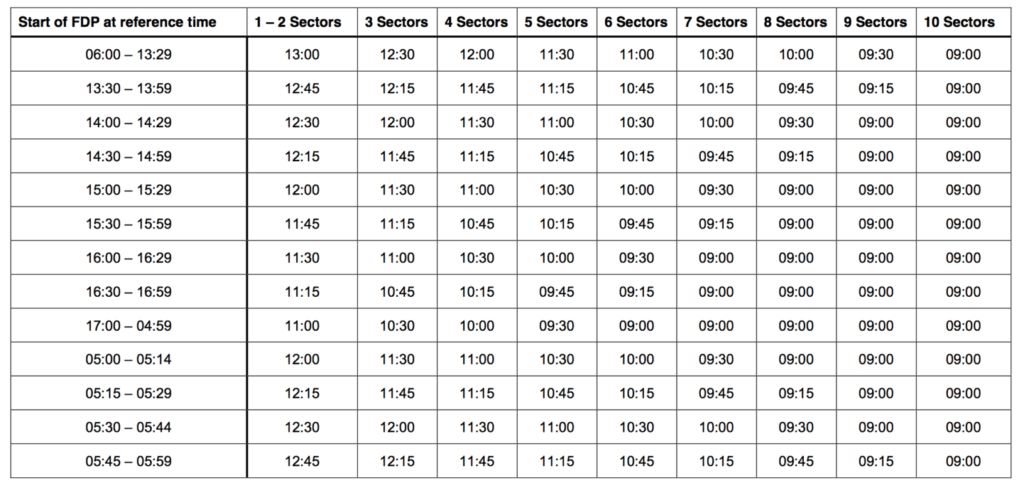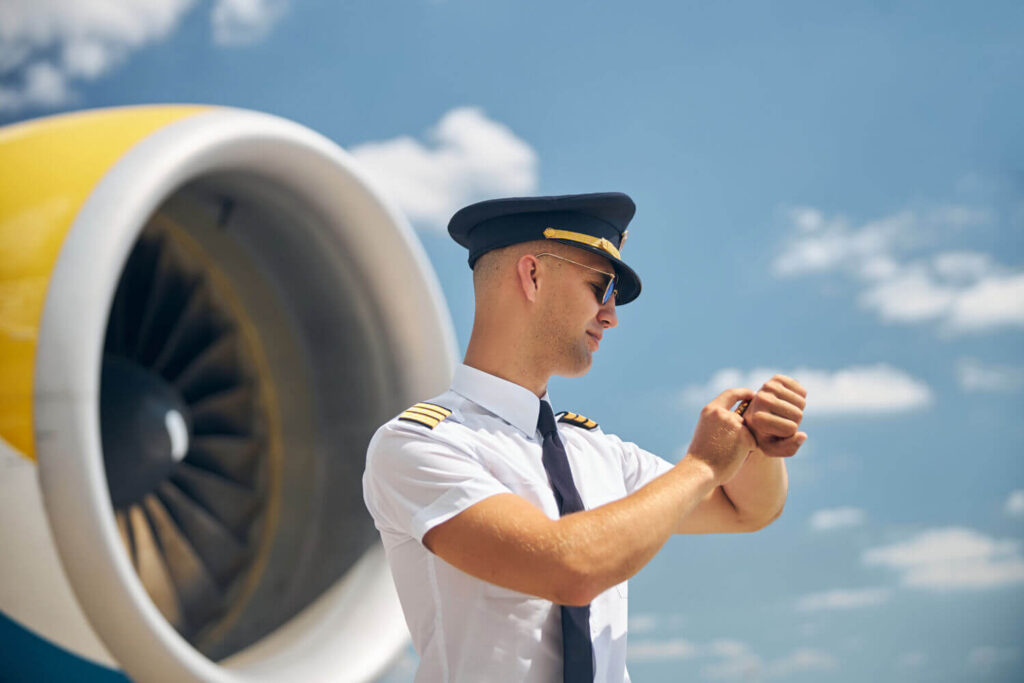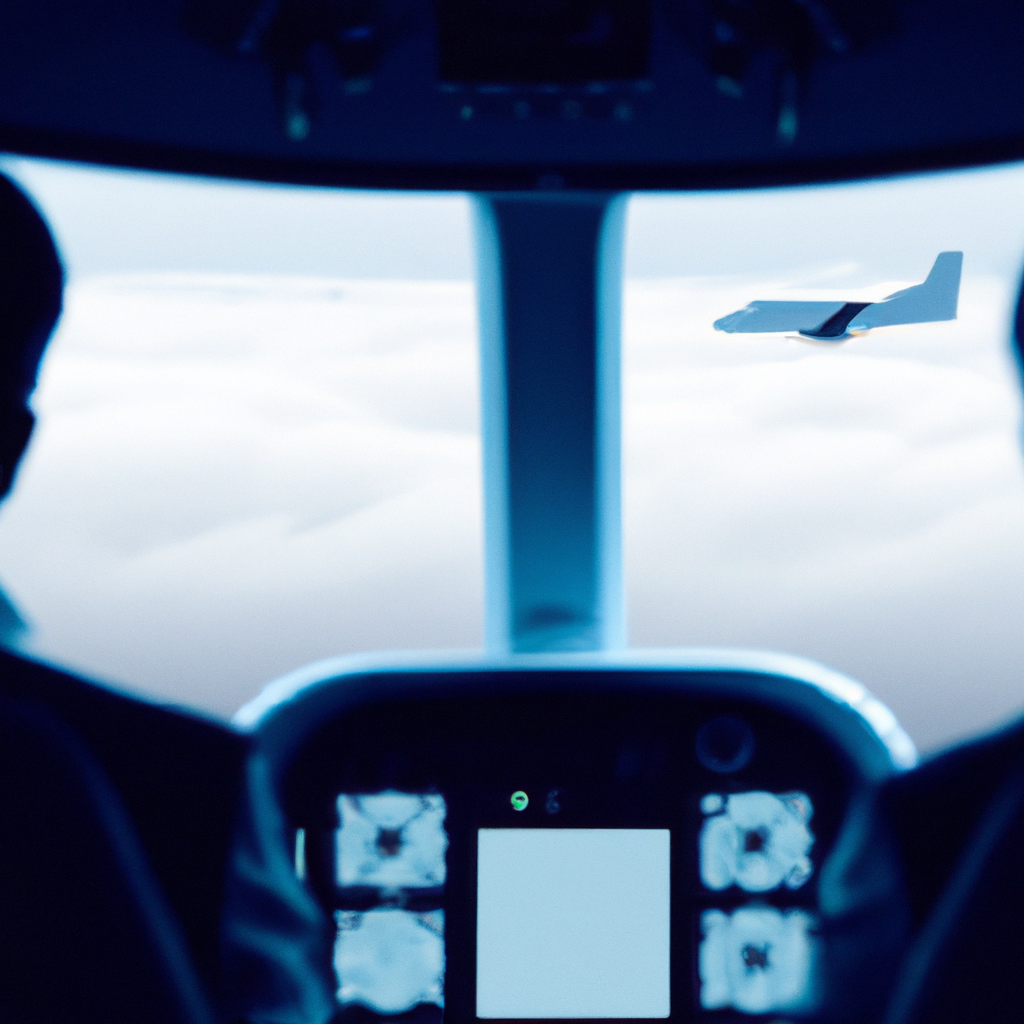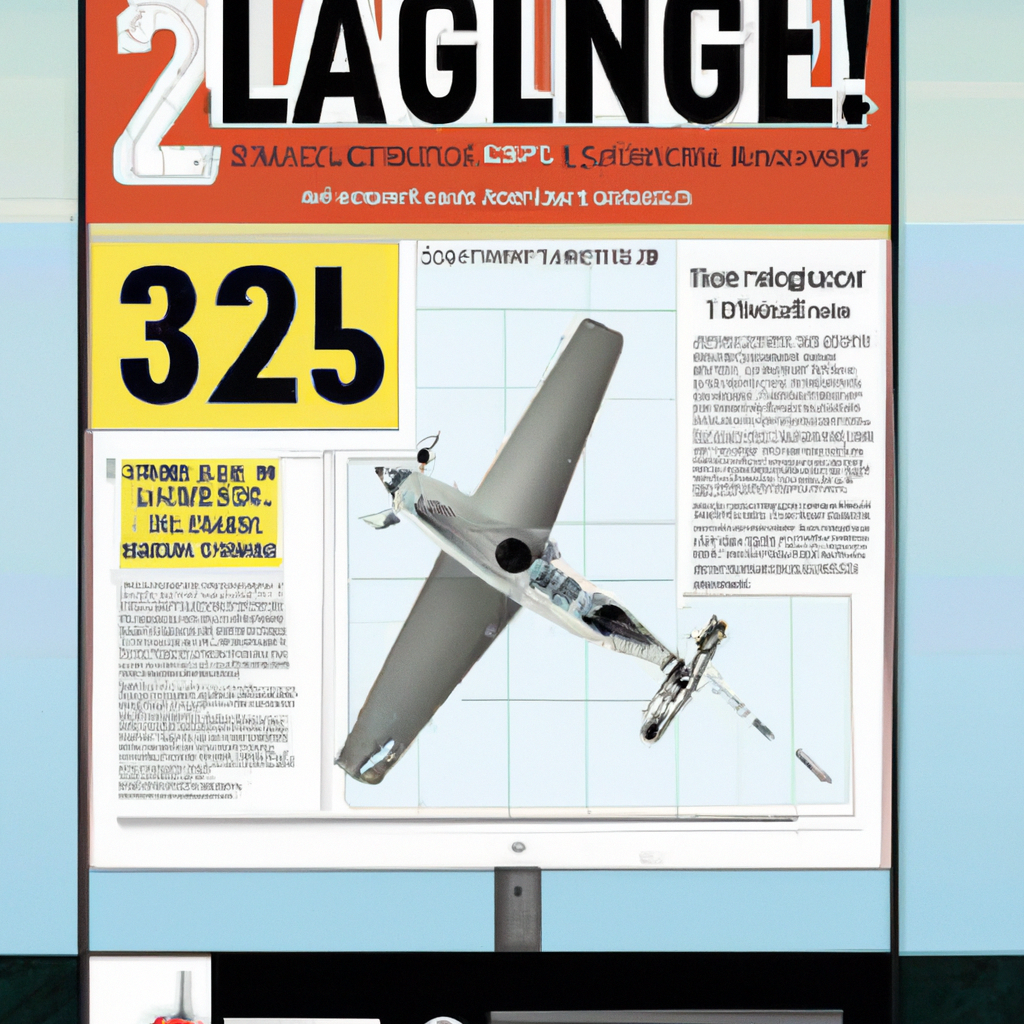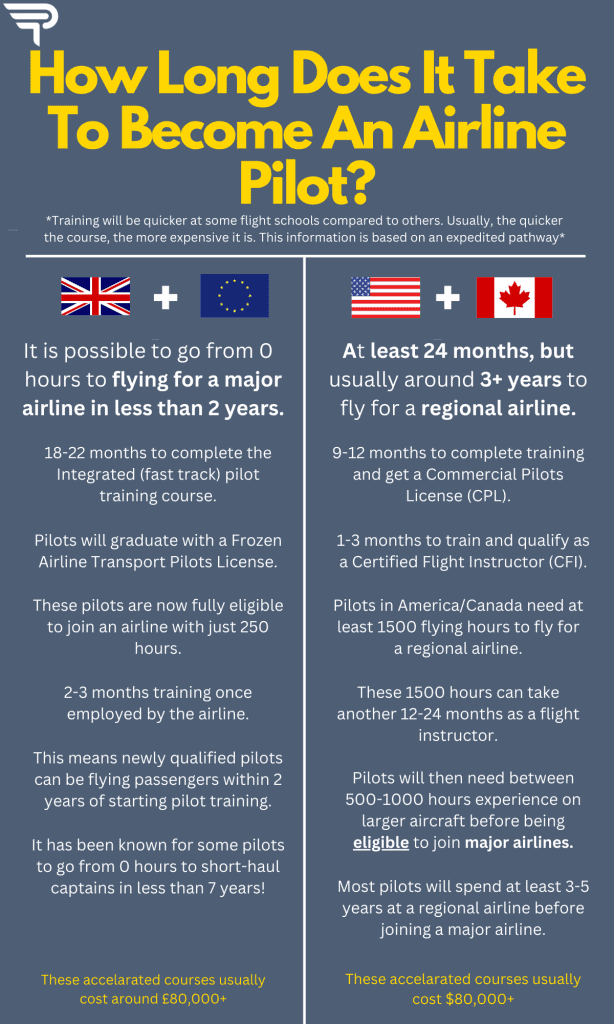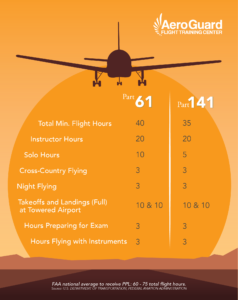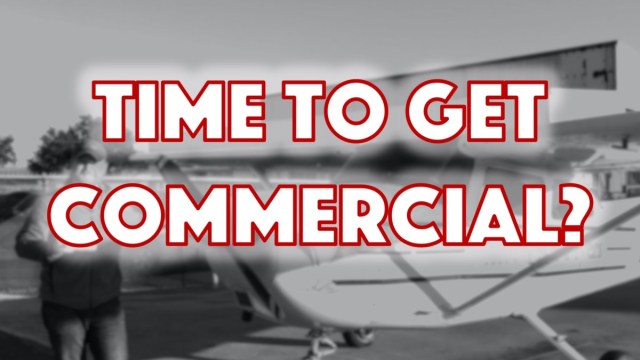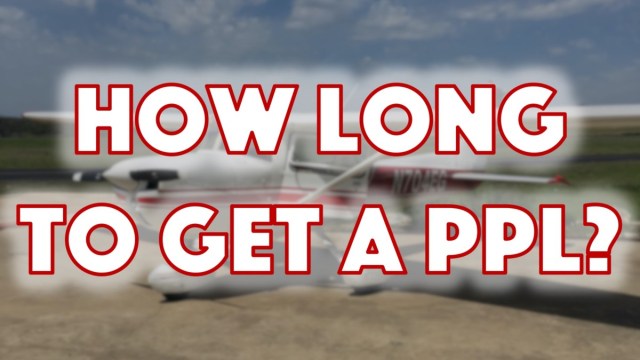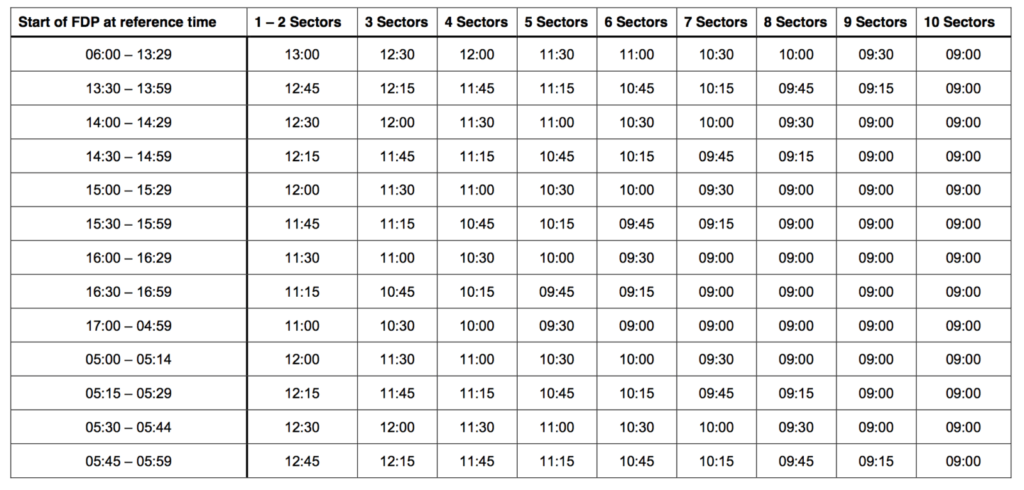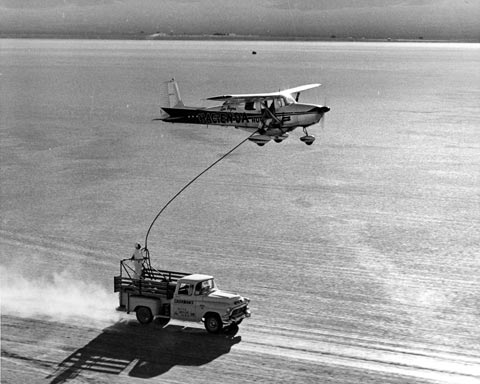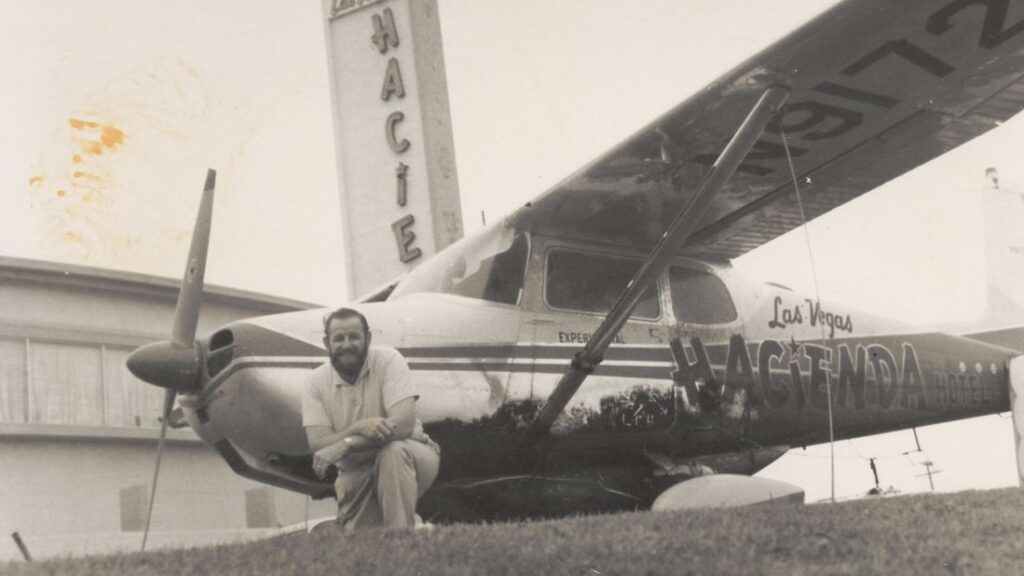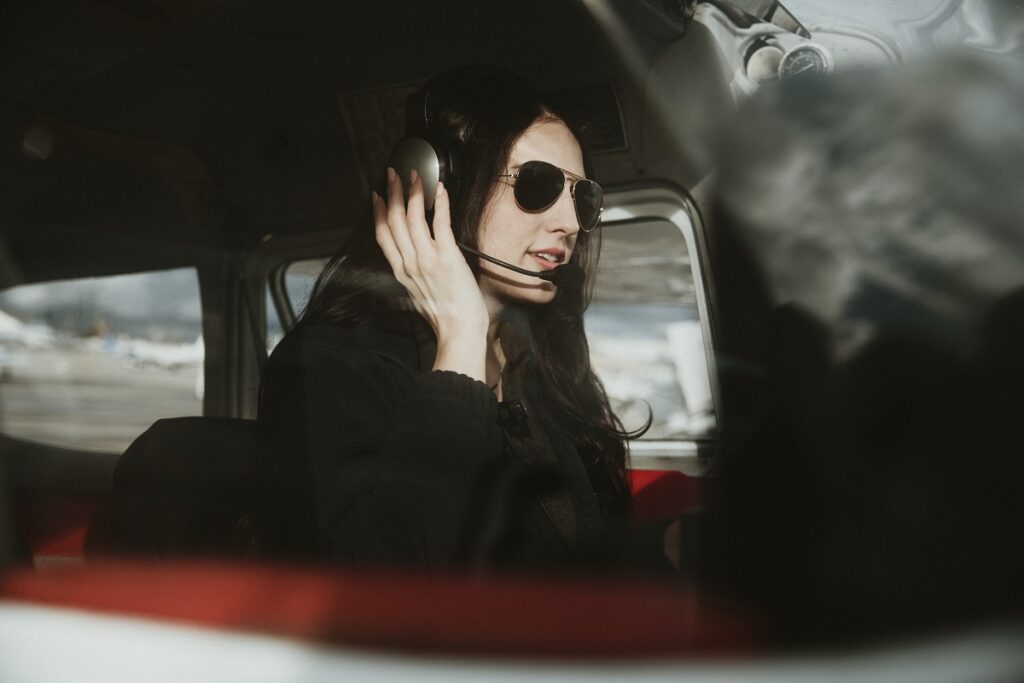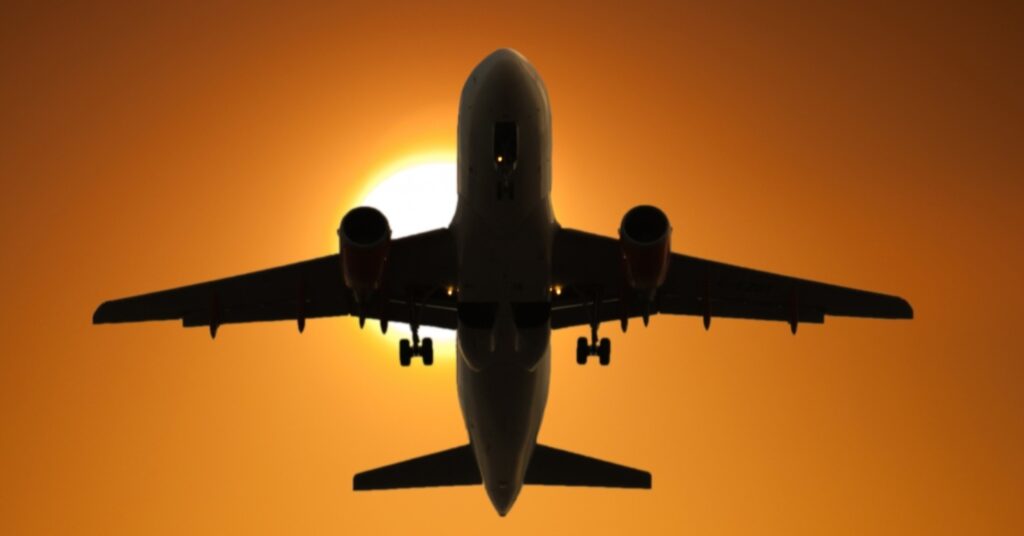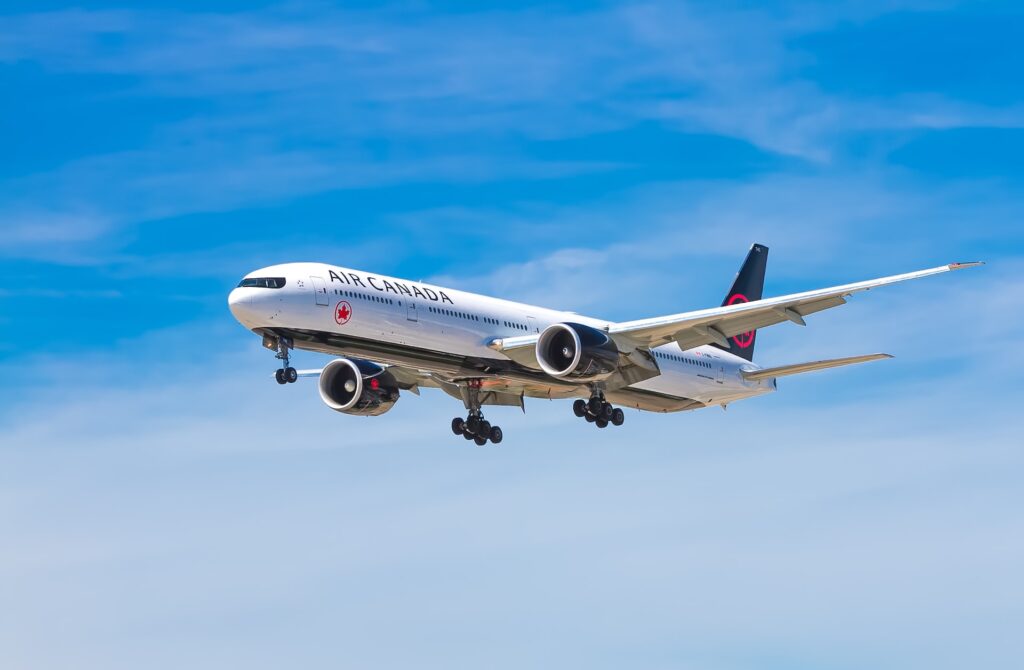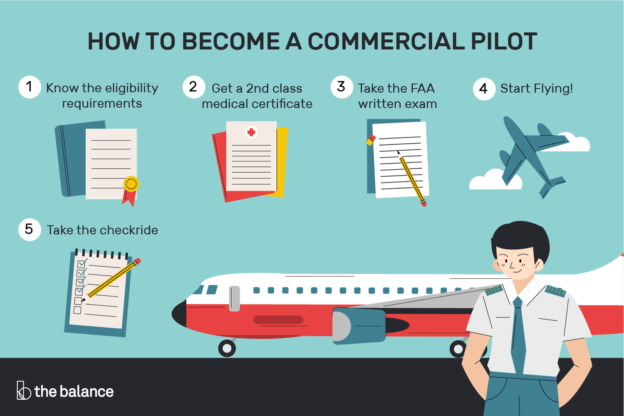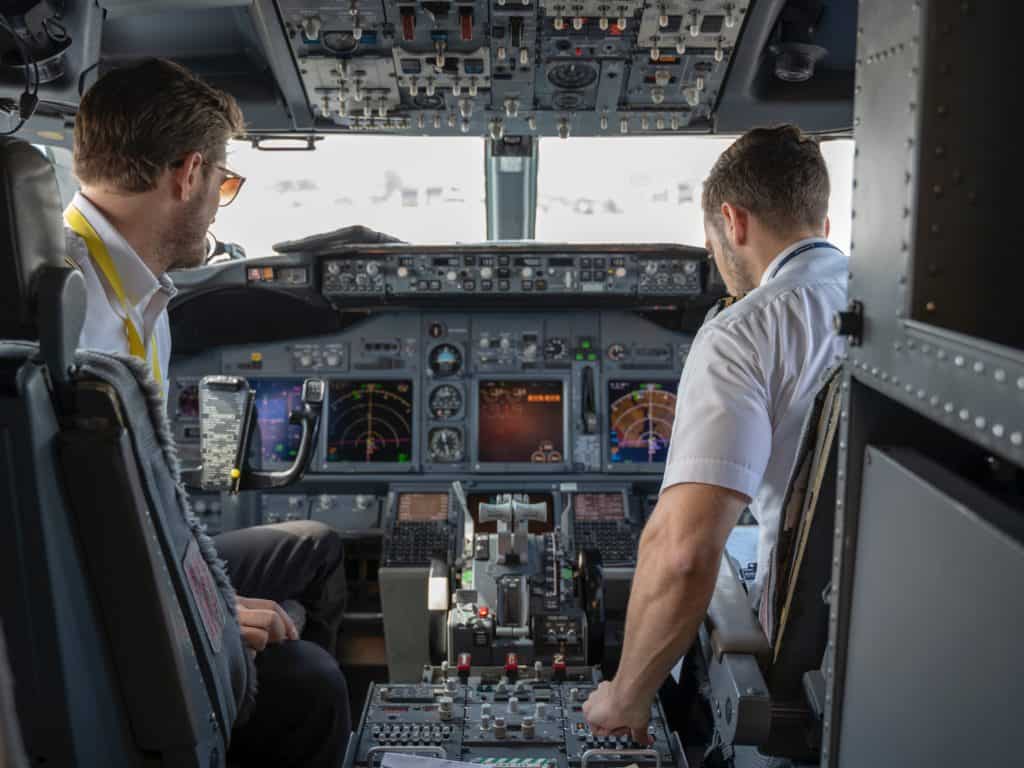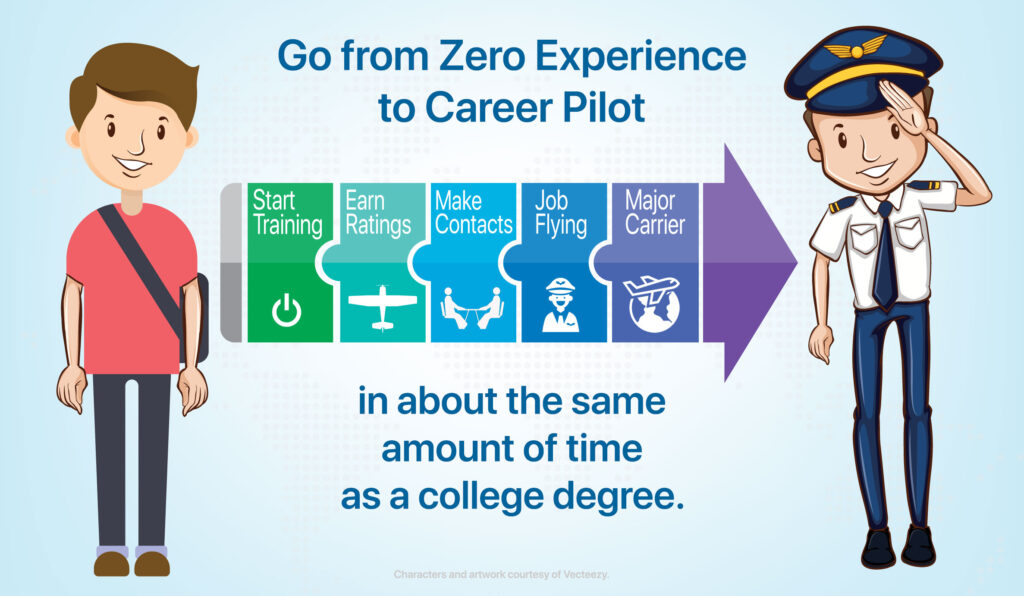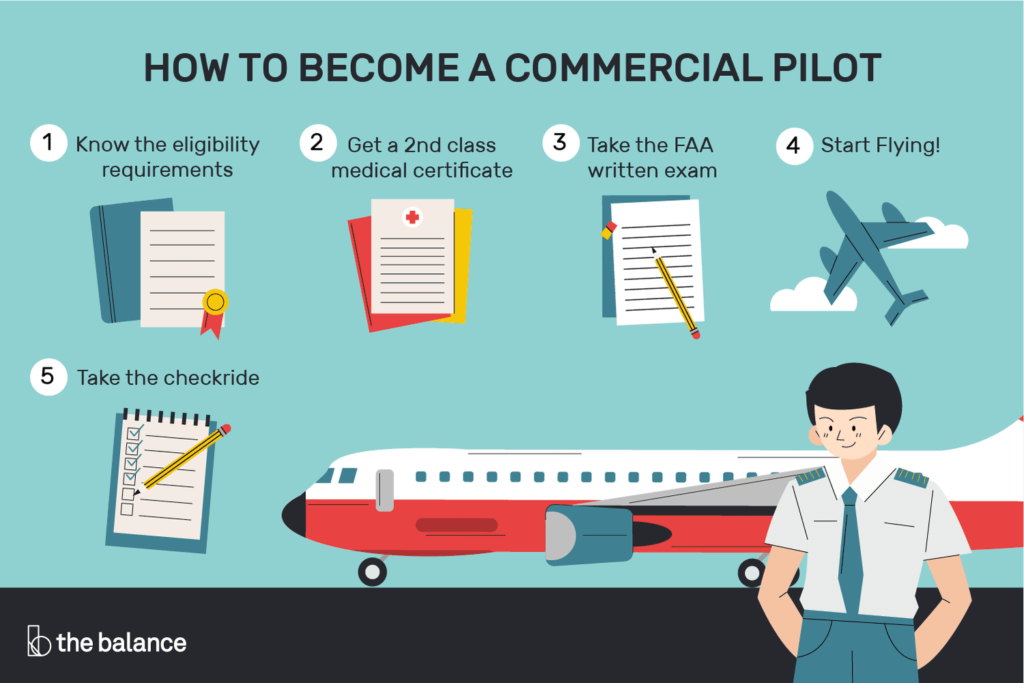Are you passionate about flying and dream of becoming a pilot? If so, you may find yourself wondering if obtaining a degree is a necessary step on this journey. In this article, we’ll explore the question of whether a degree is required to pursue a career as a pilot. So, get ready to take flight as we shed some light on this topic!

This image is property of pixabay.com.
Overview
Introduction
Becoming a pilot is a dream for many aviation enthusiasts. The thrill of flying high in the sky and the freedom of commanding an aircraft is unparalleled. However, if you’re considering pursuing a career as a pilot, you may be wondering whether a degree is necessary to achieve your goals. In this comprehensive article, we will explore the topic of whether a degree is required to become a pilot, the various certification and training options, the pros and cons of degree and non-degree paths, airline hiring practices, financial considerations, specialized pilot roles, international requirements, industry trends, personal considerations, and ultimately, the factors to consider and your decision-making process.
Definition of a pilot
A pilot is an individual who operates an aircraft and is responsible for the safe and efficient transportation of passengers, cargo, or both. Pilots can be employed by airlines, corporations, federal agencies, or even as flight instructors. They undergo rigorous training, obtain licenses, and accumulate flight hours to acquire the necessary skills and knowledge to operate aircraft safely in various scenarios.
Certification and Training
Pilot licenses
To become a pilot, regardless of whether a degree is required or not, you will need to obtain a pilot license. The type of license you need depends on the category and class of aircraft you wish to fly. The most common type of license is a private pilot license (PPL), which allows you to fly small aircraft for personal use. If you aspire to be an airline pilot, you will need to obtain a commercial pilot license (CPL) along with an Airline Transport Pilot (ATP) certificate, which is required by most major airlines.
Training requirements
The training requirements for becoming a pilot can vary depending on the country and the type of license you are pursuing. Regardless of the specific requirements, pilot training typically consists of a combination of ground school and flight training. Ground school covers subjects such as aerodynamics, meteorology, navigation, and aircraft systems, whereas flight training focuses on hands-on experience in the cockpit. Additionally, aspiring airline pilots often participate in simulator training to simulate real-world scenarios and enhance their skills.
Types of pilot training programs
There are various types of pilot training programs available, ranging from specialized flight schools to university aviation programs. Flight schools typically provide accelerated training courses that focus primarily on flight hours and practical skills. On the other hand, university aviation programs offer a more comprehensive and structured curriculum that includes both academic coursework and flight training. These programs often culminate in a degree in aviation, which can be an added advantage in the competitive industry.
Degree vs. Non-Degree Paths
Benefits of a degree
Obtaining a degree in aviation or a related field can offer numerous benefits to aspiring pilots. Firstly, a degree provides in-depth theoretical knowledge in areas such as aviation regulations, safety procedures, and aviation management, which can enhance your understanding of the industry. Secondly, many airlines and employers value a degree as evidence of discipline, dedication, and the ability to handle academic challenges. Finally, having a degree can serve as a backup plan in case of unforeseen circumstances that prevent you from flying, such as medical issues or changes in the aviation industry.
Non-degree paths to becoming a pilot
While a degree offers certain advantages, it is important to note that it is not the only path to becoming a pilot. Many successful pilots have pursued non-degree paths by attending specialized flight schools or obtaining licenses through individual flight training. This option enables individuals to focus solely on gaining flight hours and practical skills, which can be a more streamlined and cost-effective approach for some.
Pros and cons of degree vs. non-degree paths
Choosing between a degree and a non-degree path to become a pilot involves weighing the pros and cons of each option. A degree provides a comprehensive education and can enhance your employment prospects outside of flying. It also allows you to develop a network within the aviation industry. However, pursuing a degree typically requires a significant investment of time and money. On the other hand, a non-degree path may offer a faster route to obtaining licenses and accumulating flight hours, but it may lack the breadth of knowledge provided by a degree program. Ultimately, the choice between degree and non-degree paths depends on your personal circumstances, goals, and preferences.
Airline Hiring Practices
Traditional airline hiring practices
In the past, airlines placed significant emphasis on requiring a degree as part of their hiring criteria. This was often seen as a way to filter out candidates and ensure a certain level of education, discipline, and dedication. However, in recent years, industry hiring practices have evolved due to changing demands, pilot shortages, and shifting priorities.
Changes in hiring practices
As the aviation industry faces a shortage of pilots, airlines have started to reconsider their hiring requirements. Many airlines have shifted their focus to skills and experience rather than solely relying on a degree. They value flight hours, performance in simulator assessments, and a well-rounded skill set. While a degree can still be beneficial, it is no longer an absolute necessity for securing a job as a pilot in many cases.
Importance of a degree in airline hiring
Although a degree may not be a mandatory requirement for securing a job as a pilot, it can still be advantageous in the competitive job market. A degree demonstrates commitment, perseverance, and the ability to succeed academically. It may also set you apart from other candidates and provide a broader perspective on the industry. Additionally, some airlines, especially those with a focus on international operations, prefer candidates with a degree due to visa requirements and the ability to navigate complex international regulations.
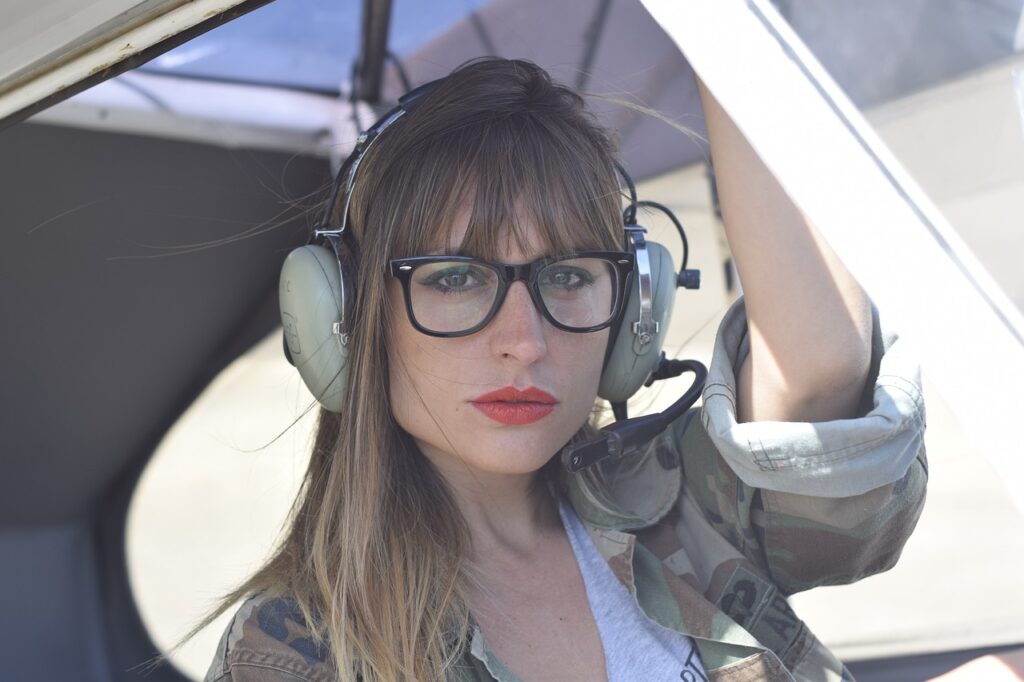
This image is property of pixabay.com.
Financial Considerations
Cost of a degree in aviation
Obtaining a degree in aviation can be a significant financial investment. The cost of tuition, flight training, and living expenses can add up quickly. The specific cost can vary depending on factors such as the institution, program, location, and the amount of flight training required. It is essential to research and compare the costs of different aviation programs to make an informed decision.
Alternative financing options
To alleviate the financial burden of obtaining a degree, there are various financing options available to aspiring pilots. Scholarships, grants, and sponsorships offered by aviation organizations, universities, and airlines can provide financial assistance. Additionally, some flight schools offer financing plans or partnerships with financial institutions to help spread out the cost of training over time.
Return on investment for a degree
When considering the cost of obtaining a degree, it is crucial to evaluate the potential return on investment (ROI). The ROI for a degree in aviation can vary depending on factors such as the job market, industry demand, and personal career goals. While a degree can enhance employment prospects and potentially lead to higher salaries in the long run, it is important to weigh the cost against potential career earnings and career longevity in the industry.
Specialized Roles
Military pilot career path
The military offers a unique career path for aspiring pilots. Joining the military as a pilot allows individuals to receive comprehensive flight training and gain valuable experience while serving their country. Military pilots often fly advanced aircraft, engage in specialized missions, and benefit from a structured career progression. However, it is important to note that the path to becoming a military pilot typically involves stringent selection processes, rigorous training, and service commitments.
Corporate and charter pilots
Corporate and charter pilots operate aircraft for private companies, executives, or high-net-worth individuals. These pilots enjoy the flexibility of flying different types of aircraft and traveling to various destinations. While a degree is not always mandatory for corporate and charter pilots, some employers may prefer candidates with a degree due to the level of responsibility and professionalism required in these roles.
Flight instructors
Becoming a flight instructor is a common stepping stone for pilots to gain experience and flight hours. Flight instructors play a crucial role in training new pilots and helping them develop the skills necessary to obtain their licenses. While a degree is not necessarily required to become a flight instructor, it can enhance your credibility and marketability as an instructor. Additionally, some flight schools and institutions may require instructors to hold a degree in aviation or a related field.

This image is property of pixabay.com.
International Pilot Requirements
Different country requirements
Pilot requirements can vary significantly between countries. Some countries may have strict regulations and require international pilots to hold specific licenses or undergo additional training and evaluations. It is essential to thoroughly research and understand the requirements of the country you wish to work in as a pilot to ensure compliance and maximize employment opportunities.
Degree requirements for international pilots
In certain countries, airlines and aviation authorities may have specific degree requirements for international pilots. These requirements can vary based on factors such as the type of aircraft, the duration of employment, and the level of responsibility. Having a degree, especially in aviation or a related field, can demonstrate your commitment to the industry and may be a prerequisite for securing certain international pilot positions.
Industry Trends
Advancements in technology
The aviation industry is constantly evolving, with advancements in technology playing a significant role. From sophisticated avionics to automated flight systems, pilots are now required to have a deep understanding of technological advancements. The integration of technology into aircraft operations has led to changes in pilot training requirements, with a greater emphasis on computer-based training and simulator experience.
Automation in aviation
With the rise of automation in aviation, there has been ongoing debate about the future role of pilots. While automation can enhance safety and efficiency, it also raises questions about the need for human pilots. However, it is important to note that despite automation, pilots continue to be an integral part of the aviation industry. They provide essential decision-making, problem-solving, and situational awareness capabilities that technology cannot fully replace. As a result, the demand for skilled and qualified pilots remains strong.
Impact on pilot education requirements
The advancements in technology and the increased integration of automation in aviation have influenced pilot education requirements. As aircraft systems become more complex, pilots need to possess a deeper understanding of technological systems to effectively operate and maintain them. This has led to the inclusion of additional training modules and coursework on avionics and automation in pilot training programs. It is essential for aspiring pilots to stay updated with industry trends and adapt their education and training to meet the evolving requirements.

Personal Considerations
Passion for flying
Beyond the technical and educational aspects, a career as a pilot requires a genuine passion for flying. The long hours, demanding schedules, and challenging conditions can only be overcome by a true love for aviation. It is vital to assess your passion for flying and ensure that you are willing to dedicate the time, effort, and resources required to pursue this career path.
Individual career goals
Your personal career goals should also influence your decision regarding a degree in aviation. If you aspire to work for major commercial airlines or pursue a leadership role in the aviation industry, a degree can provide a competitive advantage and open doors to advanced positions. However, if your goal is to simply fly for personal enjoyment or pursue a specific specialized role, a degree may be less critical.
Balancing education and flight training
Balancing education and flight training can be a challenging aspect for aspiring pilots. Pursuing a degree while simultaneously undergoing flight training requires effective time management and dedication. It is crucial to assess your ability to handle the workload, juggle multiple commitments, and maintain a healthy work-life balance. Both education and flight training are essential components of becoming a skilled and competent pilot, so finding the right balance is key.
Conclusion
Summary
In summary, the question of whether a degree is required to become a pilot does not have a definitive answer. While a degree can provide numerous benefits, including enhanced knowledge, increased employment opportunities, and a broader skill set, it is not the only path to a successful career in aviation. Non-degree paths can offer faster and more cost-effective routes to obtaining pilot licenses. Ultimately, the choice between degree and non-degree paths depends on individual circumstances, goals, and personal preferences.
Factors to consider
When deciding whether to pursue a degree in aviation, several factors should be considered. These include the potential ROI, financial considerations, airline hiring practices, specialization options, international requirements, personal passion, and individual career goals. It is important to thoroughly research and evaluate these factors to make a well-informed decision that aligns with your aspirations and circumstances.
Decision-making process
To make the decision-making process simpler, it may be helpful to evaluate your long-term career goals, assess the financial implications, gather information on hiring practices in your target sector, and consider the benefits and drawbacks of a degree. Consulting with professionals in the aviation industry, such as pilots, flight instructors, and aviation career counselors, can provide valuable insights and guidance. Ultimately, choosing the right path to become a pilot requires careful consideration, thorough research, and a deep understanding of your own aspirations and preferences.






